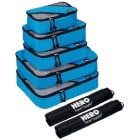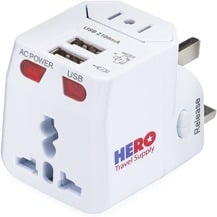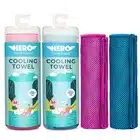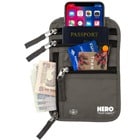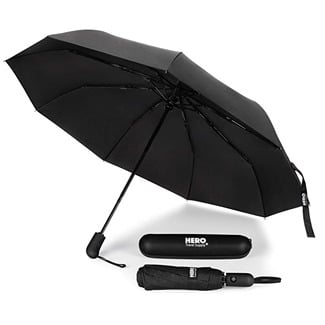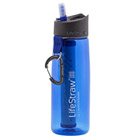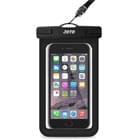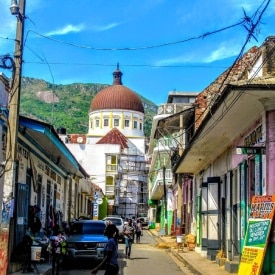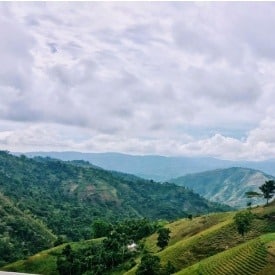Humanitarian Work: Whether you’re working in a children’s home or in a medical clinic, you’ll want to make sure you have a lightweight, casual top, quick-dry pants, tennis shoes, and a hat if you’ll be out in the sun. Scrubs are always welcomed if you’re part of a medical team. It’s always a good idea to ask ahead of time what appropriate workwear looks like depending on where you’ll be.
Beach Day: A beach day in the Caribbean is much like any other beach day: you’ll want a swimsuit, cover-up, beach sandals or water shoes, anSightseeing in the city:d a quick-dry travel towel. Don’t forget sunglasses, sunscreen, and your waterproof camera!
If you’re sightseeing or even just getting groceries from the local vendors, this is a time when a lightweight, casual dress is nice to have. Try to avoid super short dresses as a lot of Haitian women keep their dresses on the longer side.
Hiking: If you’re planning to hike in Haiti, make sure to check local guidelines and how muddy the area is. You’ll want to be sure and pack layers, hiking boots, quick-dry pants and a breathable, quick-dry shirt. Even if you’re “not a hat person”, you’ll wish you had a hat after a couple of hours out on the trail.





